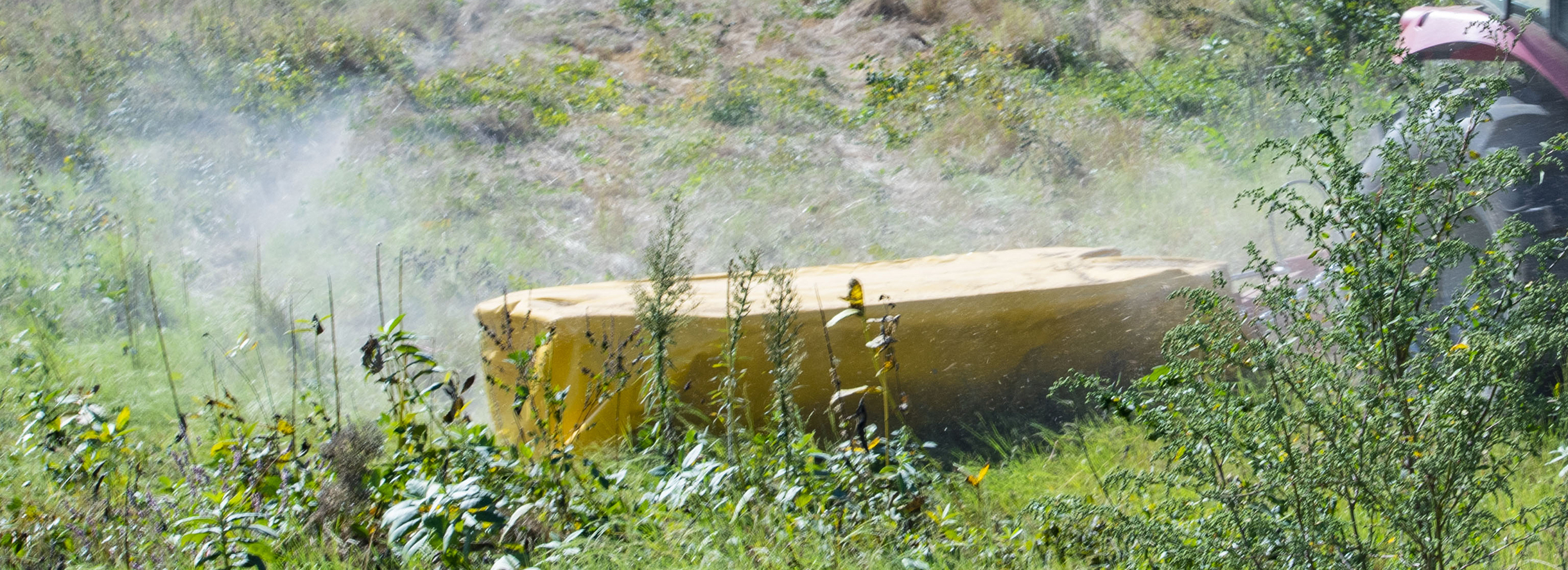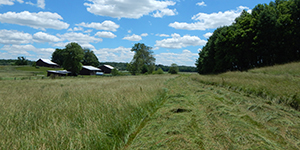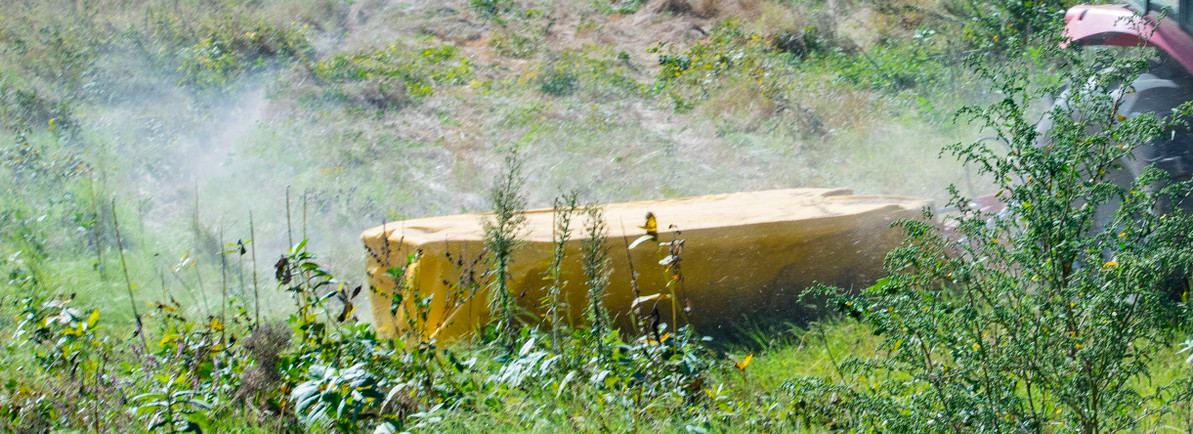Hay Cuttings: A Comparison

In a previous blog, we discussed when to cut hay. In this blog, we will provide an overview of a season’s different hay cuttings.
Typically, first cuttings of a hay season can be achieved around May 15th in the southern regions of the US and May 25th to the north. The climate of a location will determine the number of cuttings that can be achieved each year. Northern areas of the US might only get 2 cuttings per season while southern areas might get 4 or more.
In very general terms, yield decreases and quality increases with each consecutive cutting. First cuttings tend to be fuller, coarser, and heavier than later cuttings. A few factors contribute to this. Spring moisture levels cause the forage to be heavier and stemmier. Furthermore, spring weather is often inclement and unpredictable which can result in a crop being harvested at a later stage of maturity or after rain damage. Also, if part of a mixed stand, legumes like clover and alfalfa have not yet reached their maximum growth and therefore will make up a smaller percentage of the yield. For these reasons, first cutting hay tends to be higher in fiber content and lower in protein.
With second and subsequent cuttings, yields might decrease, but their quality increases becoming finer, greener, and denser with a sweeter smell. Each subsequent cutting also becomes softer with a larger percentage of leaves to stems. These cuttings are also richer in nutrients and calories and higher in protein due to an increased legume content in mixed stands. As a result of these differences, it is important to have knowledge of the nutritional requirements of any animals you might be feeding. We will discuss this in a later blog.

Thus far, we have discussed the quality of hay cuttings in broad generalities. There can be a lot more to it. It is important to keep in mind that there is often more variance within a hay cutting than between cuttings. Any hay cut at advanced maturity regardless of the number of its cutting will be of lower quality than even first cutting hay harvested at just the right stage.
This is because once grasses hit their reproductive stage of growth their energies go into producing stem. Longer stem is needed to raise the seed head higher for more efficient seed distribution. This results in hay that is less palatable, harder to digest and of lower nutritive value. This can happen during any cutting if harvested too late.
Furthermore, there are other factors that can cause a 2nd, 3rd or 4th cutting of hay to be of lower quality than a 1st. Hay that is rained on after being cut can become damaged and less nutritious. It can also be more apt to mold. Over-raking or tedding a stand once it is too dry can result in loss of leafy material. This is especially true for forages like alfalfa and clover. Furthermore, hay that is cured too long can become bleached and be sapped of nutrients. These events can lower the quality of any cutting.
To sum up the differences in hay cuttings, some generalities can be applied. However, any cutting can be a quality cutting if harvested at optimum maturity and with proper harvesting methods.
Resources
https://www.bedlamfarm.com/2017/01/08/the-story-of-second-cut-first-cut-hay/
https://www.ehow.com/how_2331131_mow-hay-field.html
https://www.montana.edu/news/5269/choose-the-right-hay-for-your-horses
https://www.sterettbroshayandfeed.com/articles/cuttings.shtml
Recent Posts
-
Haying Independence
In this month’s blog, let’s take a deeper look at the foundation of what we here at Tractor To …Apr 1st 2024 -
Be On the Cutting Edge of Modern Market Gardening Using Raised Bed Systems: FULL-TILL, MINIMUM-TILL, and NO-TILL
Market gardening is the production of vegetables, fruits, flowers and other plants on a scale larger …Mar 1st 2024 -
No Loader? No Problem.
So you have a compact tractor on your small farm, but you don’t have a front loader. Maybe price put …Feb 1st 2024




